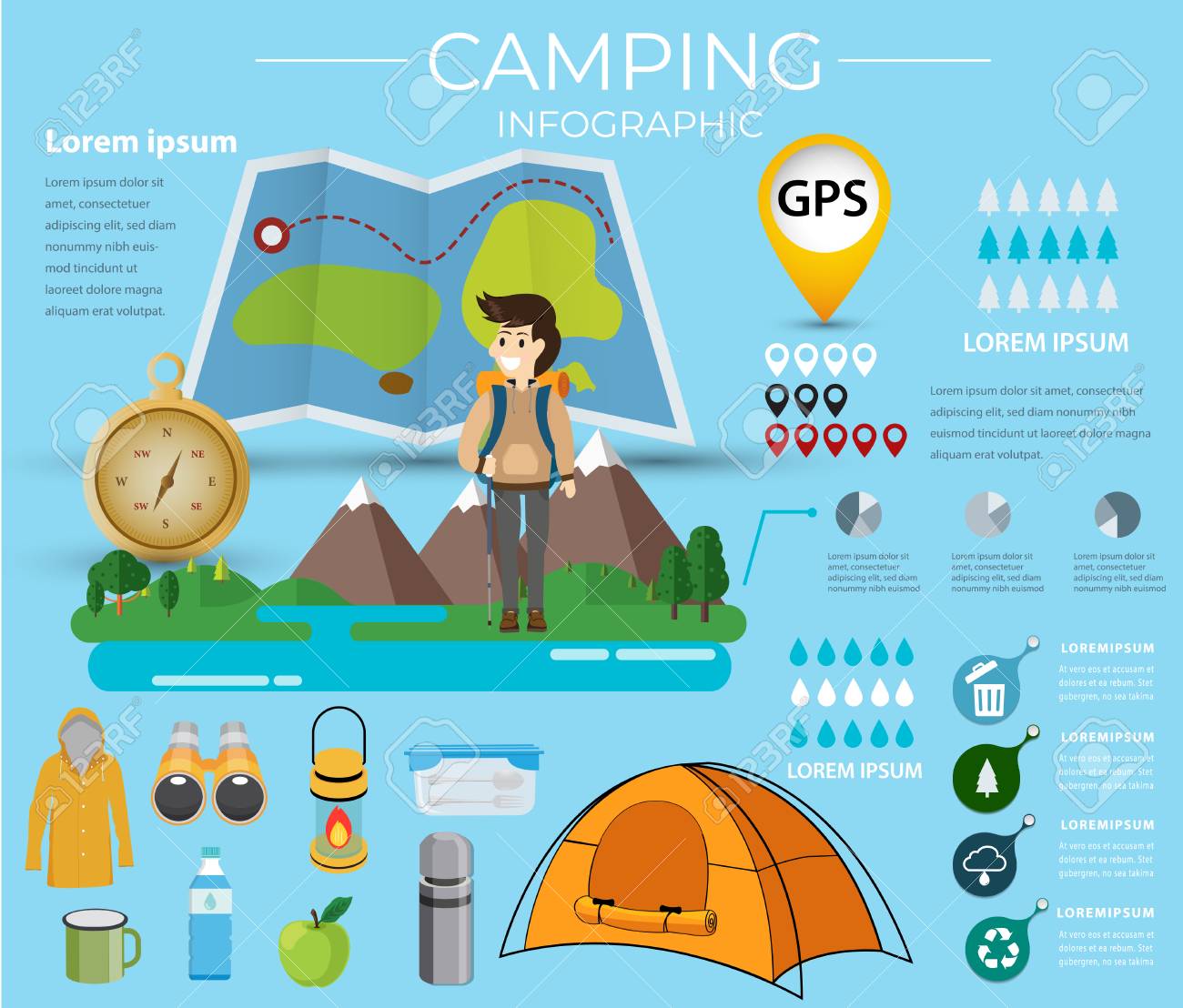Ways To Sell Online With These Tips Sell More Camping Tents
Ways To Sell Online With These Tips Sell More Camping Tents
Blog Article
Does Your Backpacking Camping Tent Need a Footprint?
A footprint is expensive and adds extra weight to your backpack. It additionally isn't particularly sturdy.
Is glamping a real thing?
Ultimately, whether or not a tent footprint is required depends upon where and exactly how commonly you're camping. As a whole, it's a great idea to utilize one if you camp on rough surfaces or in wet conditions.
Tents with Lower Deniers and Waterproof Rankings
Outdoors tents with reduced deniers and water resistant ratings often tend to be lighter, yet they can additionally be a lot more breakable. They might call for even more regular repair services and have less interior area than tougher models. If you're an informal backpacker that suches as to take a trip quick and light, this may be fine; however, more experienced hikers recognize that giving up longevity can feature huge repercussions down the path.
The denier and water resistant rating of a tent's cover, rainfly, and flooring can assist you identify its livability. Look for higher-denier fabrics on the cover and rainfly, along with taped seams that help prevent water from seeping via stitches. Some suppliers also utilize heat and sealant throughout building to produce a stronger joint; these are called bonded joints.
The livability of a camping tent can also be determined by its flooring dimensions and capacity. A tent's flooring must be somewhat smaller than the impact to stop water from pooling under the shelter.
Outdoors Tents in Rough Surface
Lots of backpacking tents include an impact created specifically for their version, which aids guarantee a proper fit and shields the camping tent's base from wetness and sharp objects. Various other makers sell global impacts that can be cut or folded to match an outdoor tents's dimensions.
The type of surface you'll come across is one more important factor to consider for selecting a tent. For example, if you'll be camping in a canyon or gully, look for a sanctuary that can deal with solid winds. These conditions develop turbulence that can make the distinction in between enjoying your camping site or experiencing discomfort.
The ability and peak elevation of a camping tent offer you a great idea of its livability, yet extra factors to think about include vestibules (the area of the rainfly covering the doors) and overall storage room. For instance, throughout our wintertime testing of the Marmot Tungsten, its charitable 93-by-82-inch floor conveniently dealt with four perspiring backpackers and their puffier shoulder season resting bags while still leaving ample area for gear and individuals.
Tents in Wet Issues
Even if your tent shows up dry, dampness lurks in the spaces and crannies. Over time, it can weaken the fabric. That's why it's so vital to make the most of day of rest to deep-clean your camping tent and its parts, such as zipper linings, risk loops and flexible webbing straps.
Likewise, make sure to pitch your camping tent in a level area, not a divot or concave place, so that ground water does not collect between the outdoor tents floor and impact or tarp. And if you're utilizing an impact, think about a camping gift ideas for women custom-cut one made for your tent's layout. It won't gather rain the way a common ground cloth or tarpaulin can.
Practice establishing and taking down your camping tent in the house before you hit the road, to obtain a feel for how swiftly and efficiently you can do it. Likewise, technique staking out your camping tent in various terrains to see exactly how very easy it is (or isn't) to do in bad weather conditions.
Camping Tents in High-Rise Situations
Outdoors tents range in flooring dimension and livability. For example, a big outdoor tents with dual doors and vestibules like Marmot's Tungsten can manage 4 backpackers without requiring gymnastics to enter and out or to save gear.
The minimum route weight specification is the very best specification to contrast models, as it includes the bare fundamentals: outdoor tents body, rainfly and poles. But bear in mind that the specification leaves out tent stakes, person lines and things sacks.
Most backpacking camping tents can hold up to a light summertime tornado, yet some can be swept away by gale-force gusts. Look for a model with strong posts, an elevated bathtub-style floor and seam taping to decrease the opportunity of water permeating through. Pricier styles additionally often tend to feature stronger materials that can withstand the influence of particles and other forces.
Can you sleep in a tent in the winter?
